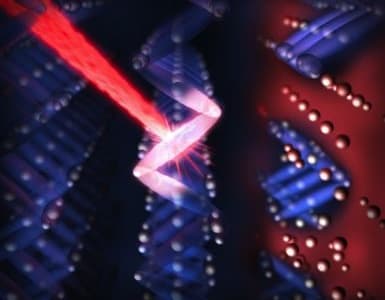World's Fastest Electrical Switch Takes 1 Trillionth Of A Second To Operate
Electrical engineers at the United States Department Of Energy's National Accelerator Laboratory have put speed limits on the world's fastest electrical switch - the one that takes just a trillionth of a second to operate. The research team says that this could lead to breakthrough innovations in the transistors designs making them faster, more powerful and reliable with potential use if future computers. The team found out that using SLAC's coherent light source X-ray laser, it takes only a trillionth of a second to turn the switch on or off. The speed is over 1000x faster than what the current generation of transistors can achieve.

Researcher Roopali Kukreja, the lead author of the study says that the breakthrough research reveals for the first time the 'speed limit' for electrical switching using magnetite - a naturally magnetic material.
The experiment showed the researchers how the electronic structure of the sample they studied rearranged into non-conducting islands. These islands were surrounded by electrically conducting regions which formed very quickly after the laser pulse struck the sample.
The experiment also showed the researchers how both conducting and non-conducting states co-exist and can create electrical pathways to be used in the next generation of transistors.
Read more about the research on the source link below.
Source: #-Link-Snipped-#

Image Credit: Greg Stewart/SLAC
Researcher Roopali Kukreja, the lead author of the study says that the breakthrough research reveals for the first time the 'speed limit' for electrical switching using magnetite - a naturally magnetic material.
The experiment showed the researchers how the electronic structure of the sample they studied rearranged into non-conducting islands. These islands were surrounded by electrically conducting regions which formed very quickly after the laser pulse struck the sample.
The experiment also showed the researchers how both conducting and non-conducting states co-exist and can create electrical pathways to be used in the next generation of transistors.
Read more about the research on the source link below.
Source: #-Link-Snipped-#
0
